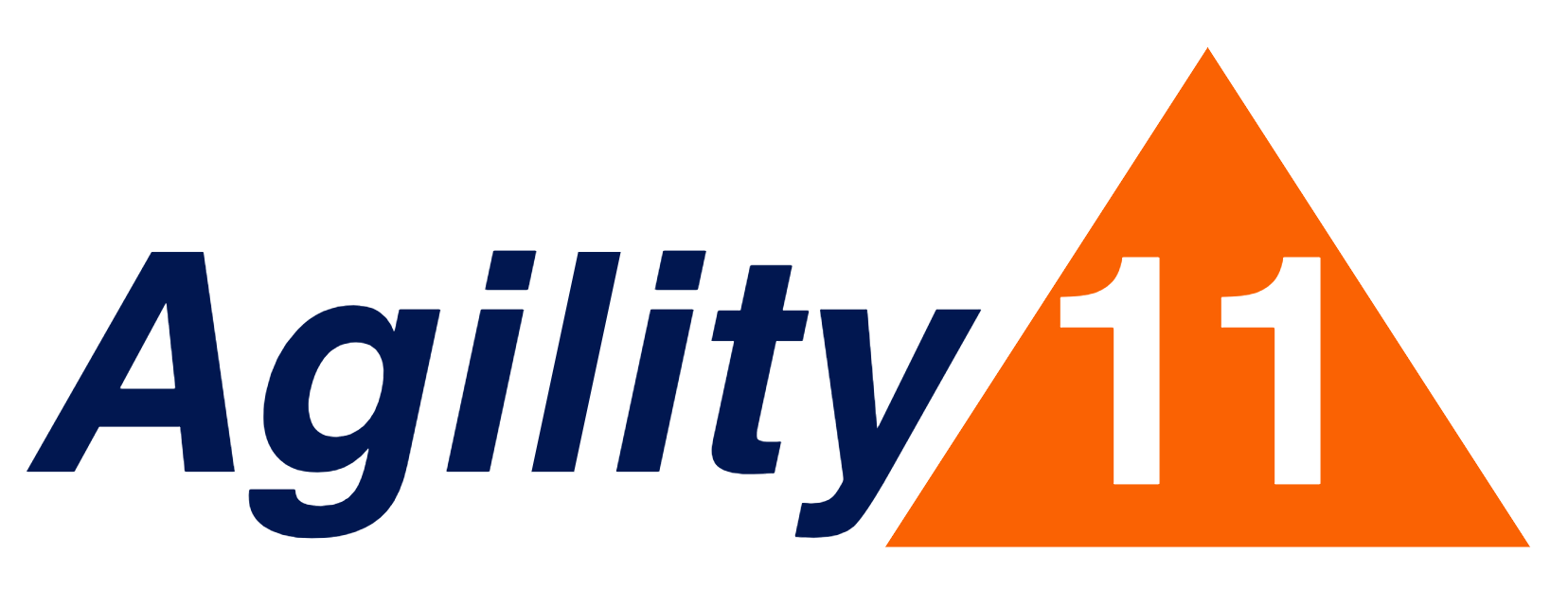Team Working Agreements: The Express Lane to High Performance
Teams tend go through four stages: Forming, Storming, Norming — and then finally — Performing, according to Tuckman’s model. Wouldn’t it be great it we could find a time-warp to speed us through those messy first three stages and quickly get to ‘Performing’? A well-crafted Team Working Agreement can be the express lane to excellence. You might think of it as your team’s Constitution.
Photo from Eyesplash via Creative Commons license
Over decades of coaching teams, I’ve developed a template for a powerful Team Working Agreement, and it includes the following items.
Team Mission Statement
Why do we exist and how does our goal align with the organization’s mission?
Team Values
Identify 4-6 values we hold dear. Describe what each one means to us.
<Value>
We’ll demonstrate <value> by doing…
Examples of behaviors to avoid are …
See the end of this post for a list of candidate values to consider.
Roles & Responsibilities
We put our team’s goals first, and hold ourselves collectively accountable. We each contribute in any way we can to accomplish our team’s mission. We also find value in recognizing some specialized team roles. Those roles and their responsibilities are ...
The RACI matrix can be a useful format for this, although potentially too formal and rigid.
Decision Making
How will we decide technical issues? Process changes and experiments? Work assignments? Estimates and forecasts? Changes to this Team Working Agreement?
For each category of decision, we may choose mechanisms such as:
majority vote
consensus (e.g. thumb vote or Fist to Five)
prefer consensus then revert to majority rule if consensus can’t be achieved
decision by [role X] after team consultation
some other method
Team Bonding & Trust
How will we cultivate great relationships between all of our team members? E.g. lunches, social outings, fun & games at the office. How frequently? How will we build trust and create an environment where everyone feels safe to express their opinions?
Dealing with Conflict
How will we deal with conflicts between team members or with outsiders? What if a member of the team is underperforming? How will our chosen team values influence our actions in this case?
Metrics & Status Visibility
How will we make our work status visible and up-to-date? (e.g. a task board or kanban board) Which metrics are important internally to our team? Which ones are important to our stakeholders? How will we make this information visible?
Meeting Ground Rules
Do we expect punctuality? Will we start on time even if someone is missing?
Will we use McCarthy’s Check-In protocol to kick off our meetings?
Do we allow people to use their phones & laptops during meetings, or do we put them out of reach to stay engaged?
How will we signal if we are getting off topic or taking too long? E.g. use a code word like ‘squirrel’ or ‘Elmo’ (enough let’s move on)
How do we facilitate so that each person gets to speak? (e.g. current speaker tosses a ball to the next speaker)
How do we handle remote participants and time zone differences?
How do we track decisions & action items and ensure that we follow through? (e.g. add to backlog, review at the next meeting, etc.)
Daily Scrum / Daily Stand Up
How do we make it a ‘huddle’ for the team rather than a status report? (e.g. eyes on our task board, walk the board from top to bottom, call out any roadblocks or issues)
How do we focus on our Team’s sprint goal rather than individual tasks?
Definition of Done
We build quality into our products by doing all these things before we considering a backlog item (e.g. user story or feature) to be ‘done’: …
Technical Practices
We believe in craftsmanship and are disciplined about our software engineering practices.
Source code branching & merging process
Unit testing
Integration & Regression testing
Automated test coverage
Coding standards
UI guidelines & standards
Code reviews (peer reviews)
CI/CD process
Growth & Improvement
How will we keep our retrospective format fresh and engaging?
How will we avoid accepting the status quo as ‘good enough’ ?
How will we tackle issues that are outside our team’s control?
Appendix: some values for consideration
Special mention for the five Scrum value: Commitment, Focus, Openness, Respect & Courage (CFORC)
Accountability, Challenging work, Collaboration, Commitment, Communication, Confidence, Competence, Consistency, Cooperation, Courage, Craftsmanship, Creativity, Customer focus, Decisiveness, Dependability, Discipline, Effectiveness, Efficiency, Enthusiasm, Excellence, Face-to-face communication, Feedback, Flexibility, Focus ,Fun, Helping society, Honesty, Humor, Individual time to focus, Industriousness, Initiative, Innovation, Integrity, Knowledge, Leadership, Learning, Openness, Persistence, Pragmatism, Prioritization, Privacy, Punctuality, Quality, Recognition, Reliability, Resilience, Respect, Responsibility, Results, Self-discipline, Self-organization, Simplicity, Skill, Speed, Stability, Tactfulness, Teamwork, Thoroughness, Tolerance, Transparency, Trust, Unity, Variety of work, Visibility, Vision, Wisdom

